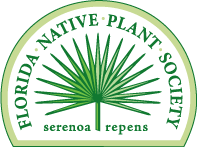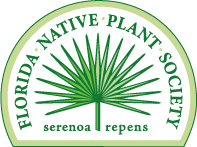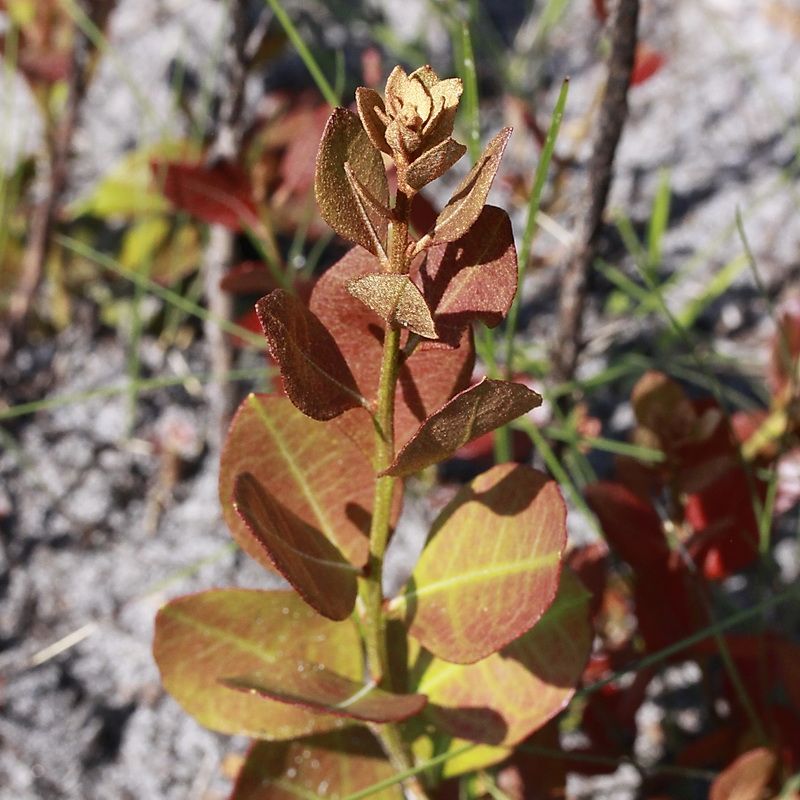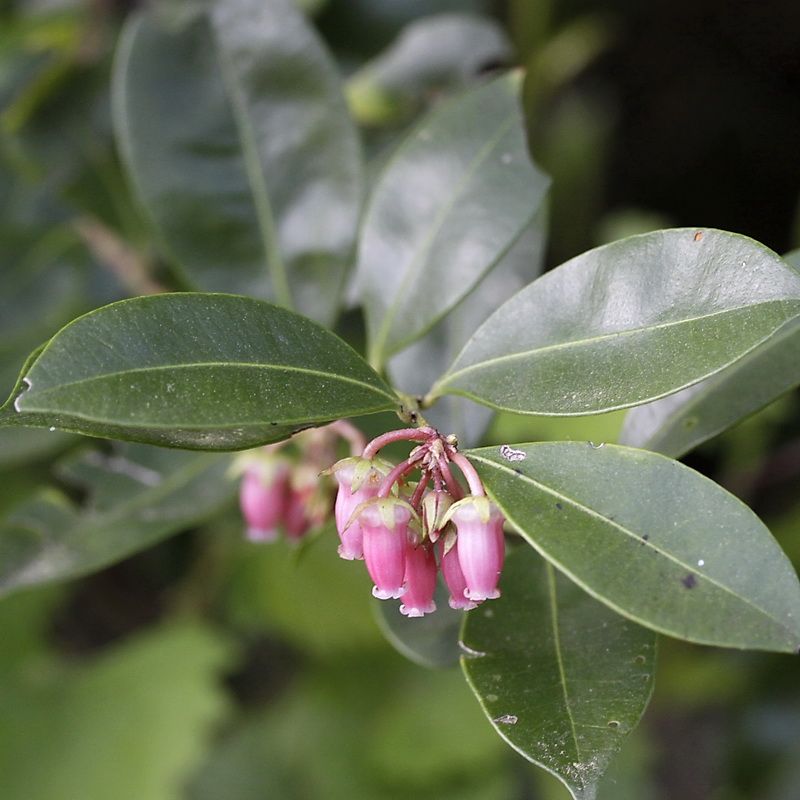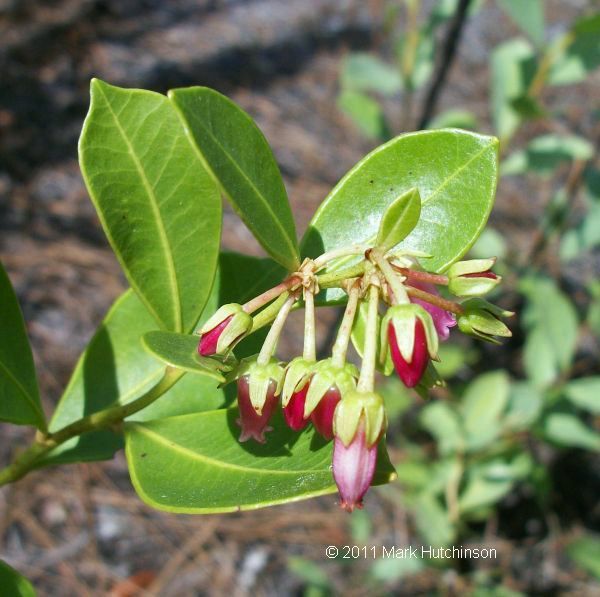FNPS Plant Database
Lyonia lucida
Nomenclature
Common Name:
Synonym(s):
Genus species:
Family:
Ericaceae
Plant Specifics
Form:
Size:
Life Span:
Long-lived perennial
Flower Color:
Fruit Color:
Phenology:
Noted For:
Landscaping
Recommended Uses:
Considerations:
Availability:
Propagation:
Light:
Moisture Tolerance:
Always Flooded---------------------------------Extremely Dry
□□□□□□□□□□□□■■■■■■■■■■■■■■■■■■■■■■■■□□□□□□
Usually moist, occasional inundation -to- Somewhat long very dry periods
Salt Water Flooding Tolerance:
Unknown
Salt Spray/Salty Soil Tolerance:
Low/no tolerance of salty wind or direct salt spray
Soil or Other Substrate:
Sand
Soil pH:
Suitable to Grow In:
8A,8B,9A,9B

USDA zones are based on the average annual extreme minimum winter temperature.
Don't know your zone? Click here to search by zip code.
Ecology
Wildlife:
Attracts bees. The following bees were observed visiting flowers of Lyonia lucida
at Archbold Biological Station as reported in the Coastal Plain Wiki.
- Apidae: Bombus impatiens
- Halictidae: Lasioglossum placidensis
Native Habitats:
Natural Range in Florida:
Visit the USF Libraries Atlas of Florida Plants
Comments:
Ethnobotany:
General Comments:
Citations:
Coastal Plains Plants Wiki. http://coastalplainplants.org/wiki/index.php/Lyonia_ferruginea
https://www.fs.fed.us/database/feis/plants/shrub/lyoluc/all.html
Godfrey, Robert K. 1988. Trees, shrubs, and woody vines of northern Florida and adjacent Georgia and Alabama. Athens, GA: The University of Georgia Press.
Haehle, Robert G. and Joan Brookwell. 1999. Native Florida Plants. Gulf Publishing Company. Houston, TX.
Nelson, Gil. 2003. Florida's Best Landscape Plants. Association of Florida Native Nurseries.
Osorio, Rufino. 2001. A gardener's guide to Florida's native Plants. University Press of Florida, Gainesville, FL.
Wunderlin, R. P., B. F. Hansen, A. R. Franck, and F. B. Essig. 2021. Atlas of Florida Plants ( https://florida.plantatlas.usf.edu/ ). Institute for Systematic Botany, University of South Florida, Tampa.
